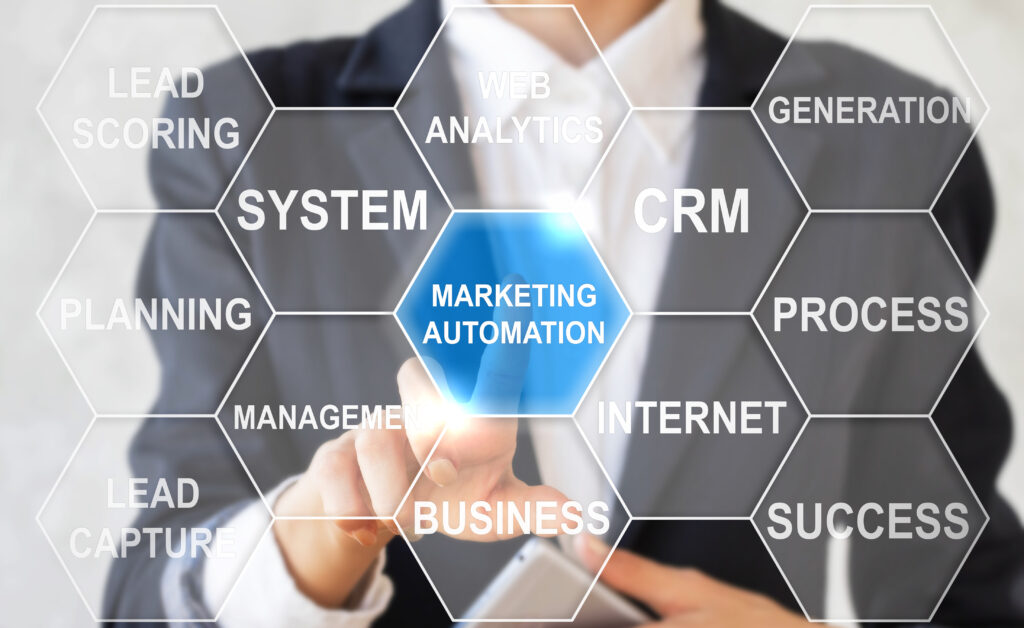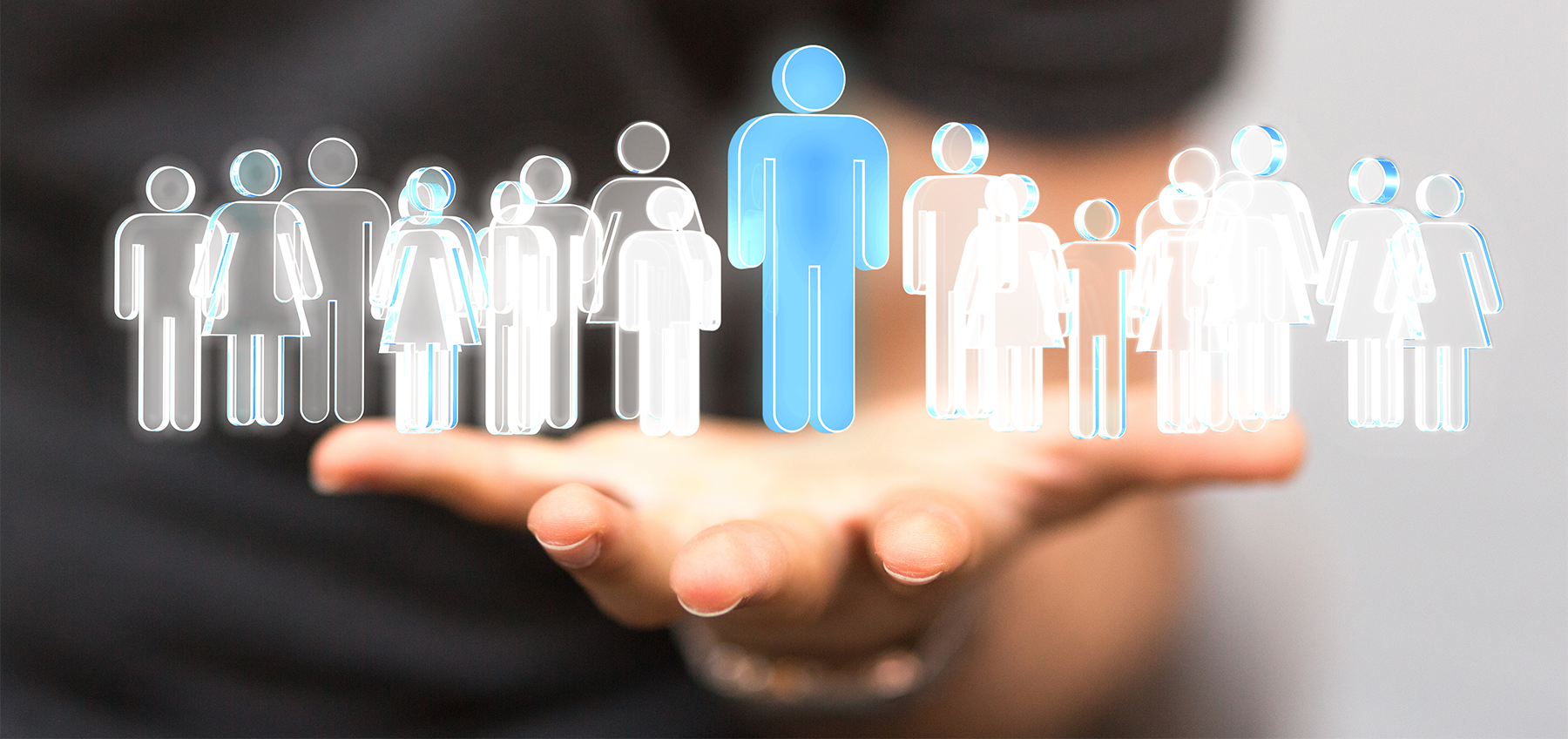
Using Technology: Transform Your Business
June 30, 2020
How to Build Social Media Audiences: Keys to successfully develop influencers and ROI
August 14, 2020By Robert S. Graham – Chief Executive Officer – ROI Global Partners, LLC
Even marketing efforts must follow the timeless advice of “all things in moderation.” But where does consumer fatigue with marketing start to impact your ROI?
Too much of any good thing can cause problems. Too much ice cream causes a stomachache; too much sun can lead to a burn. And over-extending your welcome with consumers by overdoing your marketing can lead to consumer fatigue and downward trends in ROI.
Where’s the line between successful optimization and annoying potential customers? It depends on a variety of factors, including your brand, target audience, industry and the message vehicle. Learn more about consumer fatigue with marketing and how to walk the line to achieve high ROI without alienating consumers below.
What Is Consumer Fatigue?
Consumer fatigue is exactly what it sounds like: It’s the consumer becoming overwhelmed with something and tiring of it.
A great example of consumer fatigue can be seen in television streaming. The extreme success of platforms such as Netflix, which had 150 million subscribers in 2019 and serves around a third of global internet users, have led to the development of hundreds of other streaming platforms. ESPN, Hulu, Amazon, Disney+, Sling TV, Pluto TV, The Roku Channel, CBS All Access, CW, PBS, PBS Kids — that’s just a tiny lineup of the available streaming options today.
But it’s too many for consumers. It’s not that people don’t like choices. It’s that time, money and people’s interest are limited resources. According to a study from The Trade Desk, 59% of consumers limit streaming TV subscriptions to $20 a month, and only 25% are willing to pay more than $30 a month. No matter what all these streaming services offer, a consumer isn’t likely to subscribe to more than a couple at a time.
Examples of Consumer Fatigue in Marketing
The same principle holds true in marketing — the people who make up your target audience have limited time, money, energy, interest and patience.
Most consumers understand that marketing and advertising is a critical part of connecting with brands, and they’re willing to give up some of their limited resources (time, interest, energy) to engage with marketing efforts that are relevant to them. In fact, The Trade Desk survey mentioned above asked consumers about advertisements on streaming services; almost 70% said they would be willing to watch limited ads that are relevant to them.
But the fact that many streaming services played the same ads repeatedly was a real problem. Almost half of survey respondents said their top frustration with TV streaming services was having to watch the same commercial repeatedly. That’s consumer fatigue in action.
The COVID-19 pandemic of 2020 provides an excellent example of consumer fatigue with marketing. From early 2020 through the spring and summer, how many emails did you personally receive from brands letting you know how they were handling the COVID-19 crisis? Chances are, it was a lot.
And those messages did serve a positive purpose. According to a survey from Swiss communications company Mitto, 77% of people said COVID-19-related messaging made them feel like brands truly cared about their customers. Around 30% said brand messaging helped alleviate their anxieties. More than half of people surveyed welcomed this increase in communication from brands, seeing it as appropriate for the times.
That’s all good news for brands, and it’s likely that in many cases, COVID-19-related communications helped companies build stronger relationships with their target audiences. But you know what they say about too much of a good thing. According to Mitto, as of early May 2020, consumers were already growing fatigued of COVID-19 messaging. More than 40% were ready to start hearing from brands about topics that had nothing to do with the pandemic.
Signs Your Marketing Is Crossing the Line
In hindsight, it’s fairly obvious that consumers would become fatigued with COVID-19 messaging. Your brand wasn’t the only one sending out “what we’re doing to protect you” emails and social status updates. Almost every other brand was doing the same thing. In this case, the fatigue isn’t related to how much you messaged but to the message in general.
But you don’t need a global pandemic that streamlines marketing messaging to create consumer fatigue. According to Gartner, in 2019, roughly 1 in 4 U.S. consumers said they were overwhelmed with the amount of content and information thrown at them. Potentially even worse, 15% were annoyed. That line between being overwhelmed and annoyed is often where people start to unsubscribe, unfollow and download ad blockers.
The challenge is that you can’t always know what consumers will become tired of and when it will happen. You do know that if you continue to scale up a marketing effort, eventually you might hit that line, though. Even influencer marketing, once the darling of consumers, found that line.
Here are some signs that your target audience might be tired of your message or starting to get annoyed with it:
- Social engagement is trending down. Consumers are less likely to share, like or comment on your messages if they’re experiencing fatigue. If they’ve reached that point, they certainly don’t want to bother others with the messages that are bothering them.
- You’re losing email subscribers. According to CIO, the top reason people unsubscribe is because they don’t think they signed up in the first place. But the second most common reason is that the consumer feels overwhelmed with the number of emails they’re receiving from you.
- Ad campaigns that worked before are seeing downward trends in click through. This could be for a number of reasons, but one might be that you’ve saturated your target audience with this message.
Tips to Avoid Consumer Fatigue and Connect More Positively With Your Audience
Obviously if you see signs of consumer fatigue with your online marketing, it’s time to make some tweaks to rescue your ROI. But you can also take proactive steps to avoid consumer fatigue to some degree and optimize your connections. Here are some tips for doing so.
- Be mindful of how many messages you send, especially for SMS and email marketing. People have limited time, so only message them when you truly have something relevant to share.
- Understand how fast your target audience becomes fatigued with certain channels. This requires keeping an eye on analytics and understanding at what volume of marketing on any channel engagement and response starts to fall off.
- Proceed with caution when messaging about a specific cause or event. Yes, you probably want to say something about the regional national disaster and your response to it, for example. Otherwise, your brand can seem disinterested and callous. But you also want to remember that everyone else is responding to these types of events or messaging about causes, so use moderation to avoid adding to consumer fatigue on the topic.
- Spend the time and money to build relationships with your customers. When you know your customers well enough to send the most relevant messages, they’re less likely to experience fatigue. And even if they do, they’re more willing to overlook it temporarily because you aren’t a faceless brand hitting them with information.
- Give consumers control over messaging when possible. If your email newsletter is opt-in or opt-out, eventually you might lose a consumer who becomes fatigued with your message. Instead, offer control options that let consumers receive only certain types of emails or receive more or less emails according to their preference.
- Tell stories and create experiential marketing. People crave authentic experiences, and marketing that invokes that is slower to create fatigue. This is especially true when marketing to younger generations. According to Eventbrite, 78% of millennials would spend money on an experience they wanted to enjoy before they would spend money on a product they wanted.
Does consumer fatigue exist? Yes. Should you cut your marketing in half because of it? No. Instead, pay attention to your analytics and use common sense approaches. Tweak your marketing when you need to find new ways to engage consumers and boost ROI. Because in most cases, consumers aren’t tired of learning about products and services that are relevant to them. They’re simply dealing with information overload or annoyed at the same messages hitting inboxes, social pages and ad banners repeatedly. Keep that in mind and evolve marketing campaigns appropriately to reduce consumer fatigue.



